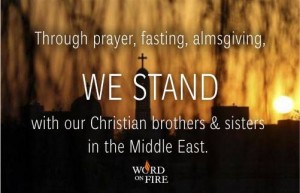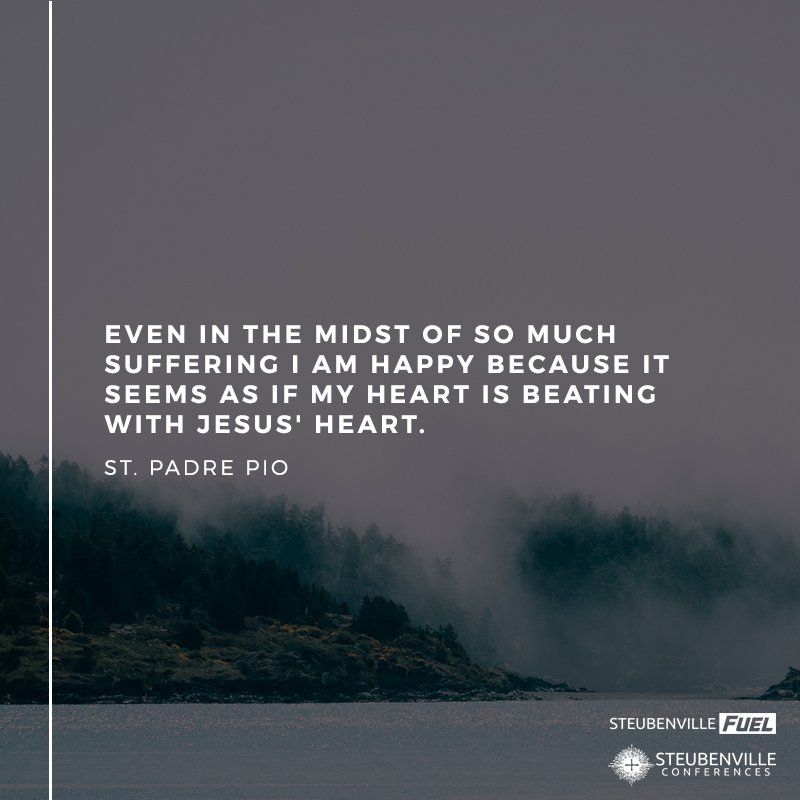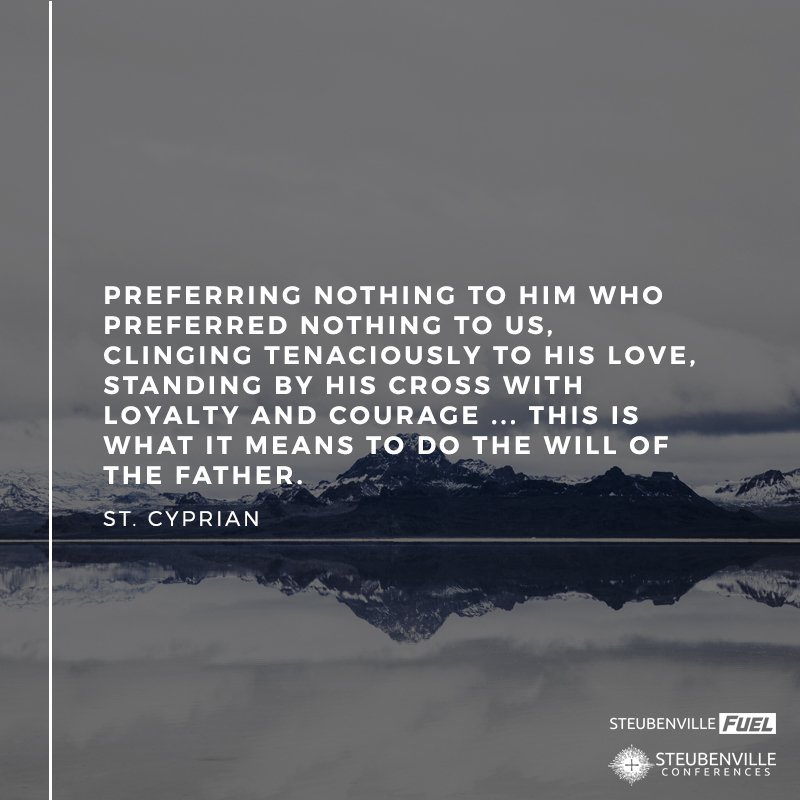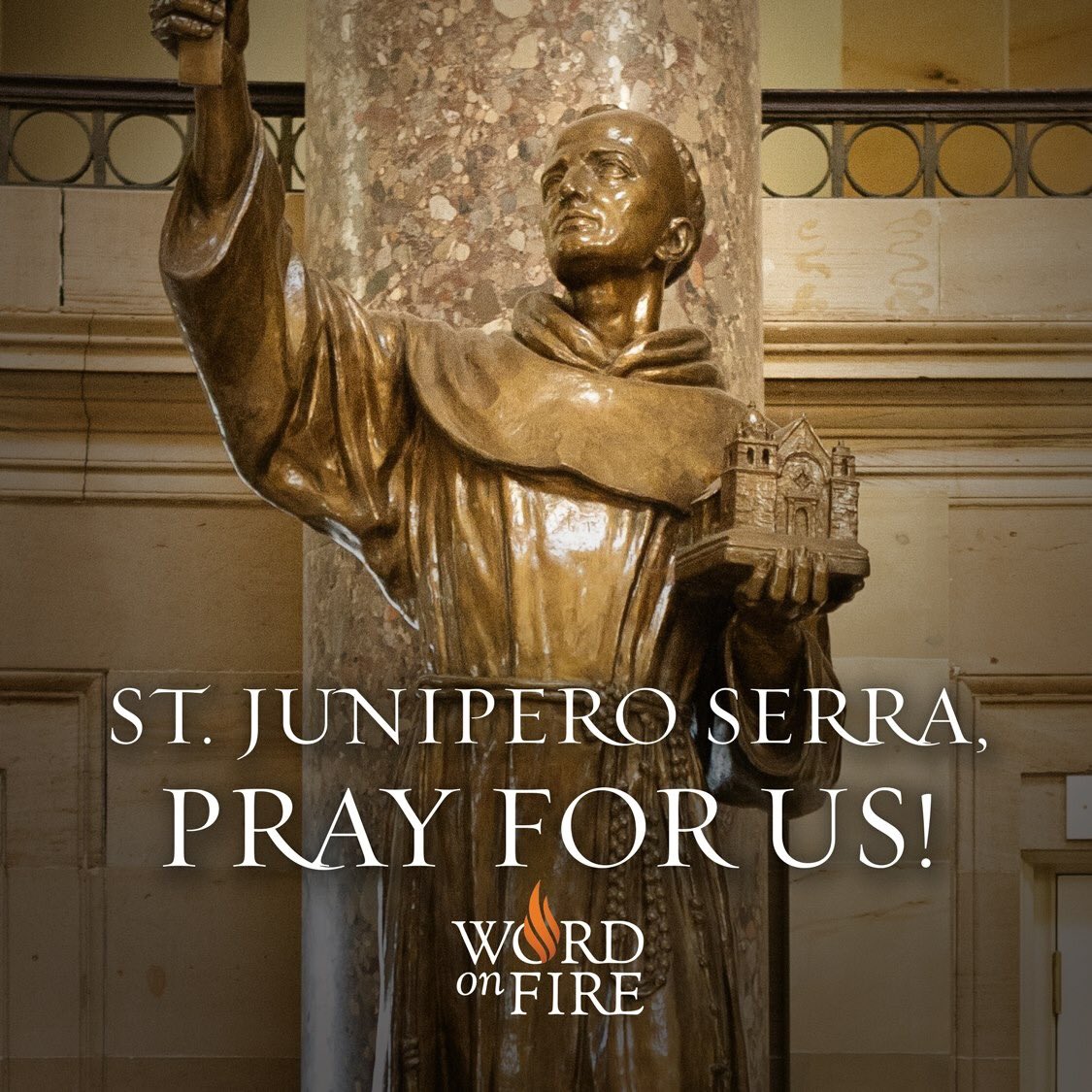From Sam Tadros yesterday in the Wall Street Journal:
Why Virgin Mary Church endured until modern times is a mystery. Some churches in Cairo survived because Coptic popes made them their residence. Being built on a place Jesus and his mother had visited gave others in Egypt a claim to fame and a chance at survival, while in still others the miracles performed by the patron saint were a reason for pilgrims to visit and donate. Virgin Mary Church had none of these. For hundreds of years, its sole claim to miracles: a Roman column that, according to parishioners, produced oil once a year on Good Friday. The church was probably too small and too remote from the center of authority to merit notice. Its flock never abandoned it. Most of the Copts had converted to Islam over the centuries, but in Delga a critical mass remained that kept putting candles in front of the old icons.
Then, in 1829, a boy named Boulos Ghobrial was born in a village nearby. He was baptized in Virgin Mary Church’s ancient baptistery and taught to read and write in its small school. He would become St. Abram, the Bishop of Fayoum, a man of deep spirituality, who performed thousands of miracles and resembled his master in his poverty. He died in 1914, and the Holy Synod would declare him a saint in 1963. Many churches would be built under his name, and his residence in Fayoum would become a huge attraction to pilgrims. His birthplace would reap some of the benefits.
Two newer churches were built next to Virgin Mary Church: St. George, about 100 years ago, and the modern St. Abram. Other buildings were soon added. A church that was a shelter from persecution under the Byzantines became a shelter from increasing discrimination and banishment from the public space in modern times. A large meeting room was built, as were a theater and retreat house. In the open space, a soccer field. Church permits became harder to get in Egypt and the small complex served 30,000 Copts.
Miracles are rare in modern times. More common is hardship, and plenty befell the churches of Delga. St. George was attacked a number of times and its domes destroyed. An enthusiastic bishop built two minarets only to have the Egyptian police destroy them. More threatening than a persecuting state was the mob. The ancient churches were attacked several times in the past. On July 28, Molotov cocktails and stones were thrown. The churches survived that day.
But survival was not destined two weeks later. The army’s violent crackdown on Mohamed Morsi’s supporters in Cairo unleashed a wave of attacks on churches the like of which Copts had not seen in centuries, thus laying waste to examples of a unique byway in the history of architecture, religious structures that are a hybrid of Egyptian, Greco-Roman and Christian Byzantine styles. Dozens of churches were burned and destroyed in the largest attack on Coptic houses of worship since 1321. A complete tally is still to be written. But in its latest report, the Egyptian Initiative for Personal Rights, Egypt’s best human-rights organization, documents a total of 47 churches attacked, of which 25 were burned, seven looted and destroyed, five partly damaged, and 10 attacked without sustaining heavy damage.
In this maelstrom, the ancient Virgin Mary Church was not spared. In a day of brutality, the people of Delga distinguished themselves. All three of Delga’s Coptic churches were destroyed. So were a Catholic and a Protestant church in the city. In place of Virgin Mary Church, the mob placed a sign: The Martyrs Mosque.
As Frank Weathers sums it up: “Not even being named for the most revered woman in the Koran could spare the site, which had endured in Delga since the 4th or 5th century, AD.”
A reminder from Word on Fire; pass it on:












